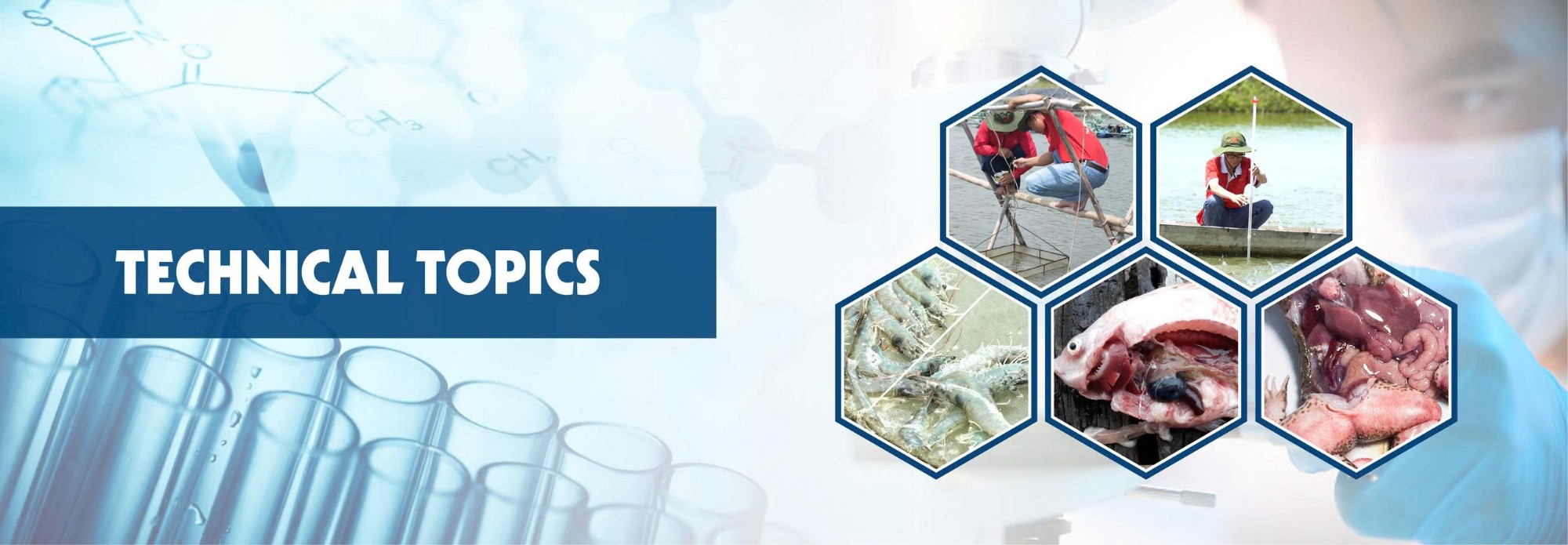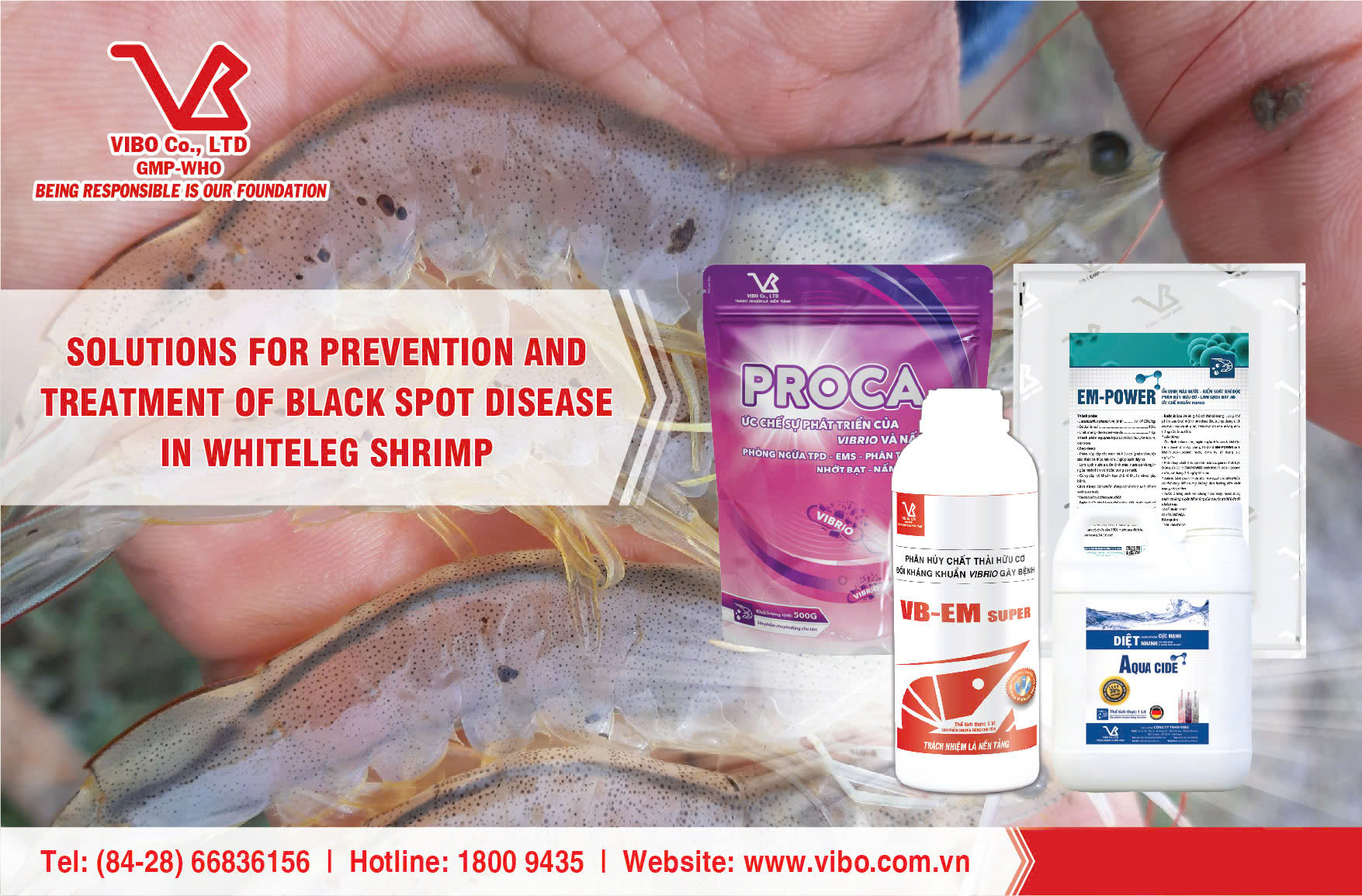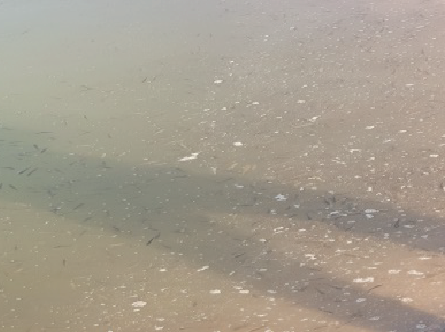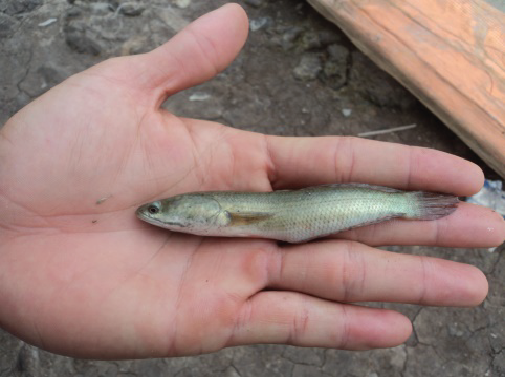
Technical Topics
24
THG08
SOLUTIONS FOR PREVENTION AND TREATMENT OF BLACK SPOT DISEASE IN WHITELEG SHRIMP
Prevention of black spot disease in whiteleg shrimp involves maintaining good water quality, preventing injuries, managing feed residue, and using biosecurity measures. Treatment can include post-harvest dipping in solutions like sodium bisulfite or ascorbic acid, and in some cases, in-pond treatments such as slaked lime or probiotics may be used. Improve pond conditions: Maintain good water quality and clean pond bottoms to remove waste and feed residue. Biosecurity: use disease-free seed shrimp, disinfect water before filling ponds, prevent wild shrimp, crabs, and clams from entering the pond.
04
THG11
Prevention of White Feces Syndrome, White Gut Disease and White Muscle Disease in Shrimp
Shrimp culture tends to now be developed intensively with upgraded technology for higher and successful production. On many occasions, shrimp culture is affected by various diseases and experienced in the loss of crop or reduced the production level by various reasons, writes Mr. Prakash Chandra Behera, India. Intensive and semi-intensive aquafarming accompanies several disease problems often due to opportunistic pathogens as evident from general aquaculture. High stocking densities, high food inputs, and other organic loads stimulate the selection and proliferation of opportunistic pathogens like bacteria, viruses, fungi, protozoa, etc.
04
THG11
B. subtilis DSM33018 is able to degrade pirB and alleviates AHPND in Artemia
Early mortality syndrome (EMS) or acute hepatopancreatic necrosis disease (AHPND), is a penaeid shrimp disease that causes serious economic losses and significant mortality, up to 100%, in cultured shrimp species. The dramatically high mortality rates in infected shrimp are caused by dysfunction and destruction of the hepatopancreas (Lightner et al. 2014). There is no inflammatory response to the causative Vibrio spp., because AHPND is elicited by a toxin (Han et al. 2015), which is encoded by a plasmid (Yang et al. 2013; Tran et al. 2013). Various Vibrio spp., not only V. parahaemolyticus were demonstrated to carry this pathogenic plasmid.
11
THG12
THE PROCESS OF HANDLING FINGERLING FISHES WHEN STOCKING THEM INTO THE POND
Fish when imported to the pond often lose a lot due to:
- Construction during transportation.
Stress due to changing living environment.
- Easy to get bacteria and fungi to enter the body.
11
THG12
THE CLEANING WORMS, FLUKES IN GUT OF SNAKEHEAD FISH PROCESS
- Internal parasites disease on snakehead fish caused by hookworm, roundworm, tapeworm parasitizing in fish intestine.









